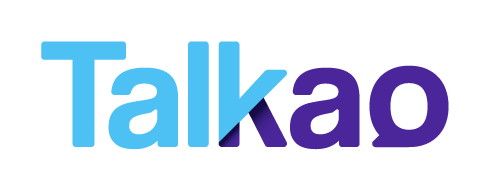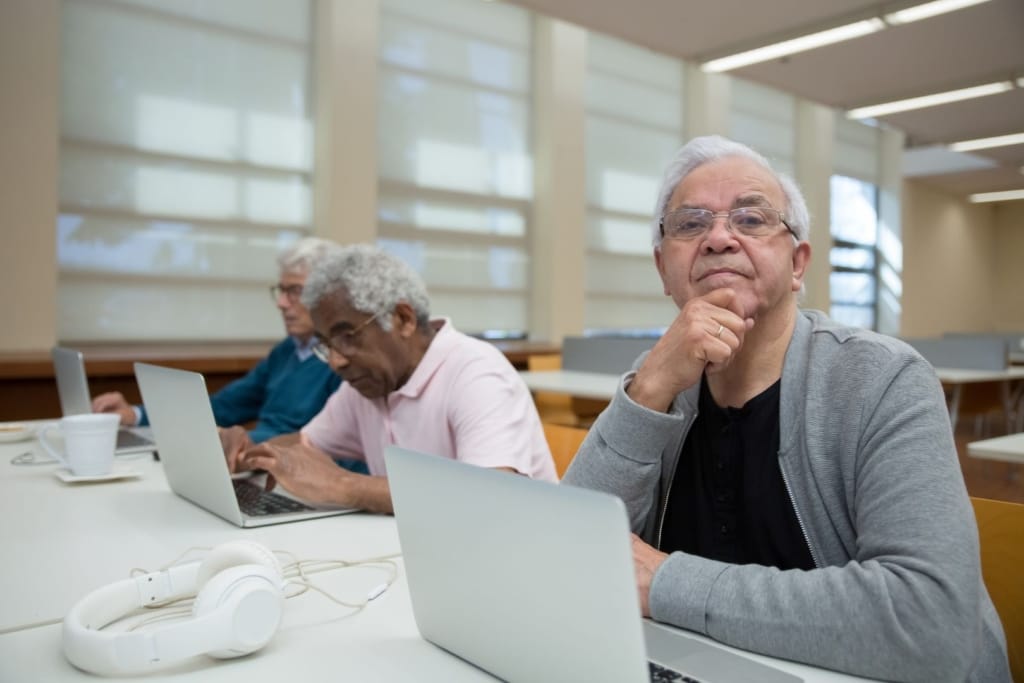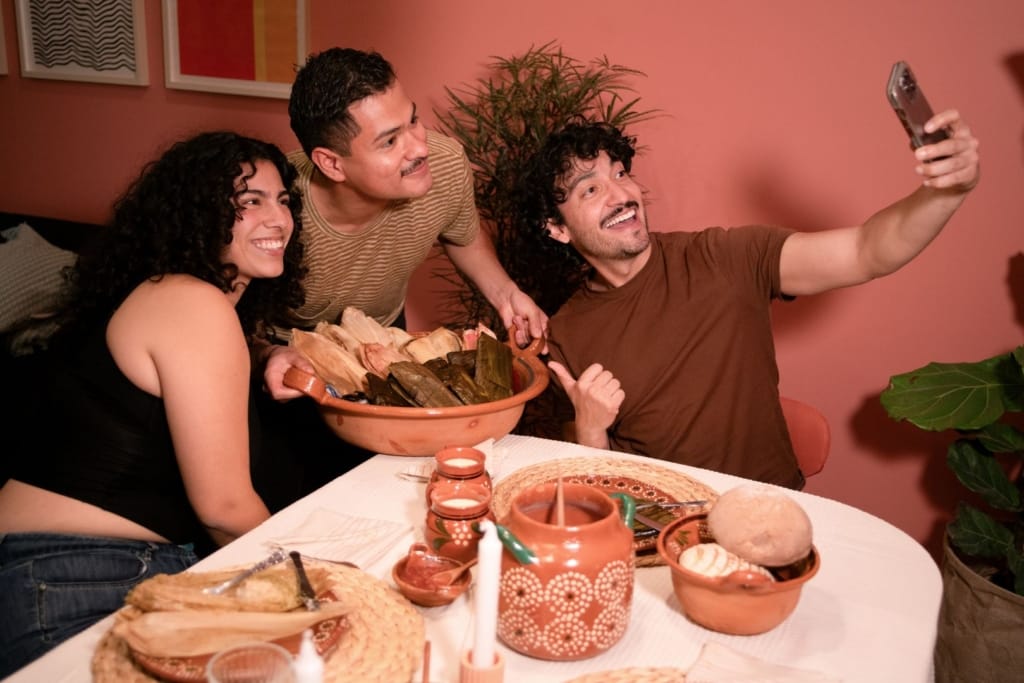Today, we’re diving into one of the most fascinating aspects of humanity: universal gestures. These are forms of body language that require no translation to be understood. Across different cultures, certain movements and expressions tend to carry similar meanings.
But why talk about them? The answer is simple: wherever you go, a single gesture can be incredibly useful—or, on the flip side, it could land you in serious trouble!
Universal gestures include expressions made with our hands, faces, or bodies, each conveying different meanings. What’s truly remarkable is that, regardless of language or cultural background, most people instinctively recognize these gestures in similar ways. They are, in a sense, innate to human nature, showcasing the power and beauty of nonverbal communication.
Get ready to discover some of the universal gestures you use every day—and that anyone in the world can understand!
What are universal gestures and why are they so widespread?
“The body speaks without words.” Have you ever heard this expression? Experts in psychology refer to universal gestures as body language—expressions, movements, and gestures we make with different parts of our bodies.
Some universal gestures are completely involuntary, which is why behavioral specialists consider them highly valuable. In fact, an entire field of study is dedicated to identifying and classifying these movements. With just one glance, an expert can determine whether someone is lying, happy, sad, or anxious.
But body language goes even further—it is divided into various subfields related to facial and bodily expressions. Movements such as eye shifts, microexpressions, and certain gestures reveal a great deal about our personalities. Moreover, they play a crucial role in behavioral analysis.
One of the greatest mysteries of behavioral science is the phenomenon of universal gestures. Through these gestures, people can express emotions, intentions, and ideas without saying a single word.
While every culture has its own unique forms of body language, some gestures are recognized and understood worldwide.

Why do universal gestures exist?
Universal gestures are bodily expressions that hold the same meaning across different cultures and societies. These gestures are instinctive movements and postures, often linked to human evolution and the way our brains process emotions.
From the moment we are born, universal gestures are present in every baby on Earth. Whether born in the Antarctic or the Sahara, a newborn’s first universal gesture is crying. As the child grows, culture and upbringing shape their behaviors, but some gestures remain deeply ingrained in their human nature.
We could say that universal gestures are inseparably tied to human existence. They have been genetically inherited, imprinted in our DNA like an evolutionary tattoo. And it all comes down to two fundamental aspects of human nature: survival and social connection. Let’s explore why.
The social nature of humans
Unlike most animals, humans cannot survive in isolation. Since the beginning of our species, our survival has depended on collaboration. Our ancestors learned that they could only thrive by working together. Like the Three Musketeers, we embraced the idea of “one for all and all for one.”
From a logical standpoint, this was the smartest decision in human history. Comparing a lone human to a woolly mammoth or a saber-toothed tiger would be like comparing a cockroach to an elephant. Without the warmth and support of others, we wouldn’t have even survived the first Ice Age.
Early humans hunted better in groups and shared shelter to stay safe. They realized that their fragility could be counterbalanced by unity. And this is why our genetic memory still prioritizes “us” over “me.”
That’s where universal gestures come into play—signals that connect us with any other human, regardless of culture or language.
What is the purpose of universal gestures?
While we’ve touched on this already, it’s crucial to highlight it once more: survival!
Imagine for a moment that you are a Homo sapiens wandering alone through the African savanna. Suddenly, you come across a group of people who have formed a strong, established community. You know that joining them is essential for your survival, but there’s one problem—they don’t speak your language.
What’s the most logical response? Using gestures to show that you are not a threat and that you wish to be part of the group. And just like that—boom!—universal gestures are born. Simple yet profound.
In essence, universal gestures are signals that any human can understand. Just as a dog wags its tail to express emotions or a gorilla extends its hand to show intent, humans have their own instinctive gestures to communicate without words.
Fascinating, right? Even more astonishing is the fact that, thousands of years later, these gestures remain encoded in our DNA.
Now, let’s explore some of the most recognized and widely shared universal gestures. While they may seem familiar, you’ll also discover that some gestures can have multiple interpretations depending on context.

The most widespread universal gestures around the world
If you love traveling or have had the chance to visit different countries, this will sound familiar. No matter where you go, regardless of how open or reserved a culture may be—religious differences and language barriers don’t matter. There are universal gestures that help us connect with others. It’s as if, on a deeper level, we are interconnected, even without knowing each other or understanding a single word.
In some Zulu tribes, people greet each other with the word “Sawubona”, which means “I see you.” In other words, “I acknowledge your existence.” This phrase is one of the most powerful and philosophically profound expressions in the world. The Zulus use it to recognize and accept another person as an equal.
This is exactly how universal gestures work. These undeniable signals are our way of saying “Sawubona” to others—our way of recognizing and accepting them as fellow human beings.
But what are the most unmistakable universal gestures that transcend cultures? Let’s explore the most common ones.
The power of a smile: A beautiful story as a “bonus”
Before we analyze the universal power of a smile, read this beautiful story—you’ll understand its true impact.
Antoine de Saint-Exupéry, long before enchanting the world with The Little Prince, was a war pilot during World War II. But before that, he served as a reconnaissance pilot during the Spanish Civil War. One day, his plane was shot down, and he was taken prisoner by Spanish fascist forces. The soldiers had strict orders: prisoners were to be executed at dawn.
That night, Saint-Exupéry found a hidden cigarette, but he had no way to light it. He approached one of the guards and, using hand gestures, asked for a match. Although it was against the rules, the guard, knowing the prisoner’s fate was already sealed, saw no harm in obliging.
As the flame flickered, their eyes met—and in an instant, Saint-Exupéry smiled.
Without thinking, the guard smiled back. Though they didn’t speak the same language, they shared photos of their families and spent the night in silent companionship.
The next morning, instead of leading him to the execution site, the guard set Saint-Exupéry free.
Beautiful story, isn’t it? That is the power of a smile.
Why is a smile the most universal gesture?
Among all universal gestures, a smile is the most widely recognized and understood. Every culture smiles, even the most serious and reserved individuals. When a person smiles, they convey joy, kindness, or warmth. Regardless of language or background, a genuine smile is almost always perceived as a positive sign.
Unlike other living creatures, humans do not bare their teeth as a sign of aggression. Quite the opposite—the broader the smile, the more inviting it becomes. It is, without a doubt, one of the most powerful and universally shared gestures, no matter where you go.
Furrowed brows: A sign of displeasure
Furrowing your brows—wrinkling the space between your eyebrows—is one of the most universally recognized gestures. In almost every culture, this expression signals confusion, irritation, or discomfort. It is a clear indication that something isn’t quite right.
This reaction is natural and often involuntary, triggered by stressful or uncomfortable situations. Moreover, the deeper the frown, the greater the level of discontent being expressed.
Nodding: A gesture of agreement or confirmation
Moving your head up and down is widely recognized as a universal sign of agreement or affirmation. In most cultures, nodding signifies approval or consent. Although there may be regional variations, its primary meaning remains acceptance.
Shaking your head: A sign of disapproval or rejection
In contrast to nodding, shaking your head side to side is a universal gesture of disagreement or refusal. It is one of the most widely recognized expressions across cultures, used to convey disapproval, rejection, or dissent.
Just like other gestures, the intensity of the movement can amplify the emotion behind it. While some cultures use alternative gestures for negation, this remains one of the most commonly shared nonverbal cues.
Wide-Open eyes: A sign of surprise or disbelief
When someone widens their eyes beyond their normal size, they are often experiencing shock, surprise, or disbelief. This reaction is typically accompanied by a slightly open mouth, further emphasizing the expression of astonishment.
In some cultures, placing a hand over the mouth can also reinforce the feeling of shock or amazement.
Shrugging: A gesture of uncertainty or indifference
Raising both shoulders while keeping your palms open and facing upward usually signifies uncertainty or a lack of knowledge. This gesture is universally understood as a sign of not knowing something or expressing indifference.
Hand raised with an open palm: Stop or halt!
Raising one hand with the palm extended outward is a clear and universal signal for stopping. This gesture is commonly seen in contexts such as traffic control, security, and interpersonal communication.
Rubbing hands together: Anticipation or anxiety
This gesture is often associated with excitement or nervousness. Depending on the context, rubbing hands together can indicate eagerness for an upcoming event or serve as a physical response to anxiety.
Prolonged eye contact: Challenge or interest
Eye contact is one of the least universal gestures, as its interpretation varies significantly across cultures.
In many societies, sustained eye contact is a sign of genuine interest and attentiveness. However, in certain cultures, staring for too long may be perceived as a challenge, a sign of dominance, or even an act of aggression.
This brings us to a crucial point: some gestures may seem universal when, in reality, they are culturally specific. Understanding these differences can help you avoid awkward, embarrassing, or even dangerous situations when traveling or interacting with people from different backgrounds.
Not-so-Universal universal gestures
In your country, certain gestures may seem common, making you assume they apply everywhere. However, universal gestures are only called that because they are shared in most regions, not necessarily all.
Pay close attention to the following list—what may be a friendly or positive gesture for you could be rude or even offensive in other parts of the world.
The “OK” hand gesture
This gesture is made by forming a circle with the thumb and index finger. While it is widely recognized as the “OK” sign, its meaning varies across cultures:
- In the United States and many Western countries, it signifies approval or that something is “good.”
- In France and Belgium, it can mean “zero” or “worthless.”
- In Brazil and some Middle Eastern countries, it is considered an offensive insult.
- In certain Latin American countries, this gesture can refer to intimate body parts or be used to question someone’s sexuality.
Thumbs up
Raising your thumb is generally understood as a sign of approval worldwide. However:
- In Greece, the Middle East, and some parts of Asia, this gesture can be considered rude or vulgar.
- In Australia, depending on the context and movement, it can be offensive.
The “V” sign with fingers
Raising the index and middle finger to form a “V” shape has different meanings depending on how it’s displayed:
- With the palm facing outward, it represents peace or victory, especially in the United States and Europe.
- With the palm facing inward, in the UK, Australia, and New Zealand, it is equivalent to flipping someone off with the middle finger.
Gesturing someone to “Come Here”
Many people make a hand motion with fingers pointing upward, flexing towards themselves to call someone over. However, this gesture isn’t always received well:
- In the United States and Europe, it is a common way to summon someone.
- In the Philippines, it is offensive and only used to call animals.
- In Japan, the gesture is done with fingers pointing downward instead of upward.
Touching the nose
This gesture can have very different meanings depending on the cultural context:
- In Italy, touching the nose with the index finger means suspicion or distrust.
- In France, it can indicate that someone is clever or cunning.
- In the UK and the U.S., it is often associated with secrecy or confidentiality.
Crossing arms
Folding your arms can indicate comfort or deep thought in some places, but in others, it can convey different meanings:
- In the United States and Europe, it often signals defensiveness or disagreement.
- In Japan, it may be seen as a sign of respect and deep reflection.
- In Latin America, depending on the context, it can express anger or impatience.
Pointing with the index finger
Pointing at someone or something with the index finger is common in Western cultures, but elsewhere, it can be considered impolite:
- In China, Japan, and the Philippines, it is seen as rude, and people prefer to gesture with an open hand instead.
- In Malaysia and Indonesia, it is more polite to point with the thumb rather than the index finger.
While some gestures may seem universal, their interpretations vary across the globe. Being aware of these differences can help you avoid misunderstandings, awkward moments, or even serious offenses when interacting with people from other cultures.
Will technology be able to translate gestures in the future?
It’s very likely. Translation technology is advancing rapidly, and a great example of this is the evolution of translation apps. Applications like Talkao’s translation apps allow us to translate texts, conversations, and even images in just seconds.
Similarly, translation technology has reached new frontiers with innovations such as augmented reality translation apps. This very technology, combined with AI and machine learning, might hold the key to gesture translation in the future.
With customizable avatars integrated with augmented reality, we could soon be able to translate universal gestures in real-time. Additionally, we might even detect whether our conversation is understood or if we need to rephrase a sentence for better clarity.
This isn’t some distant or unrealistic future. Developers are working tirelessly to create new tools and resources. Perhaps in the coming years—or even months or weeks (who knows?)—we might witness exciting breakthroughs in this field.

















